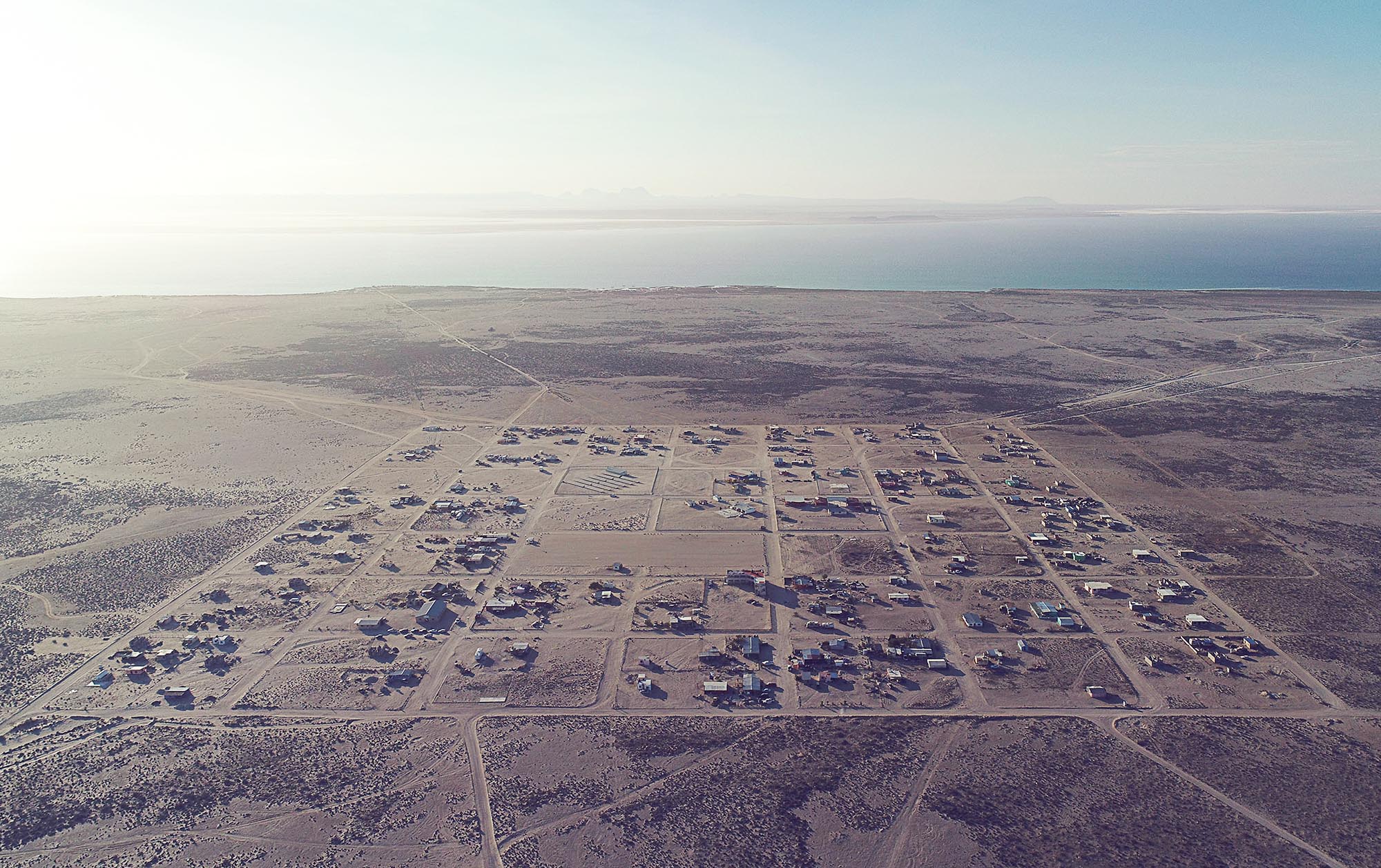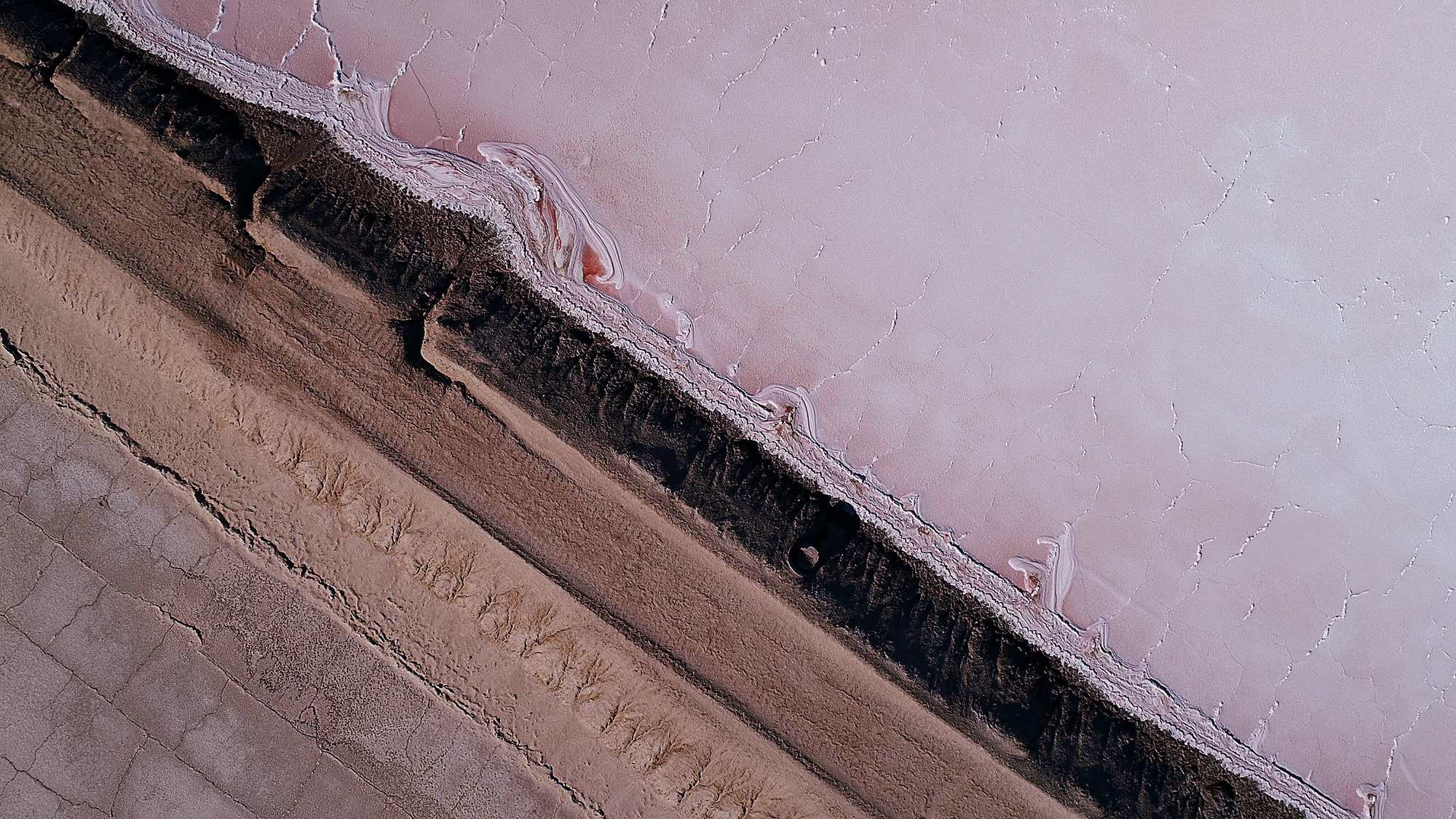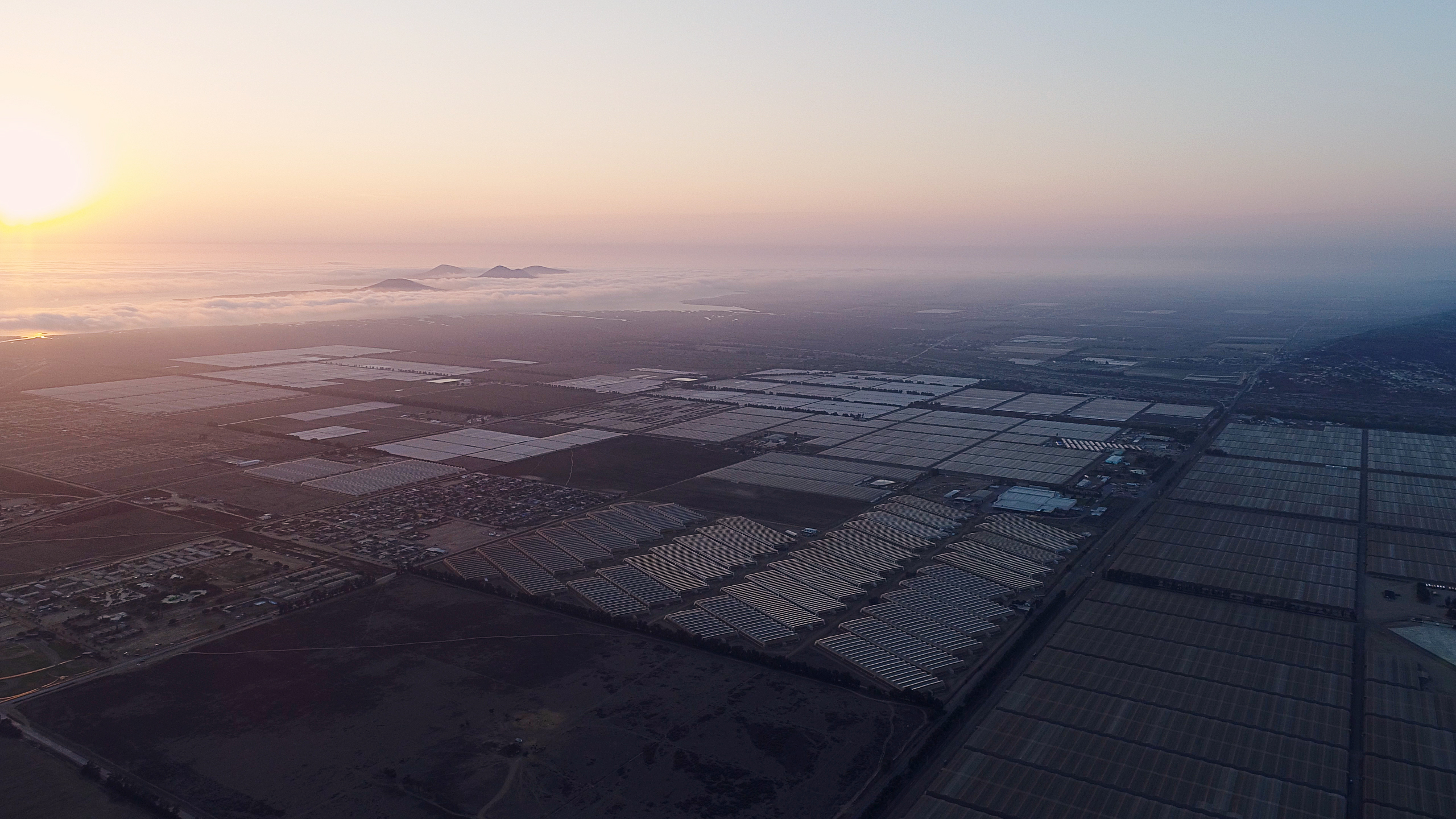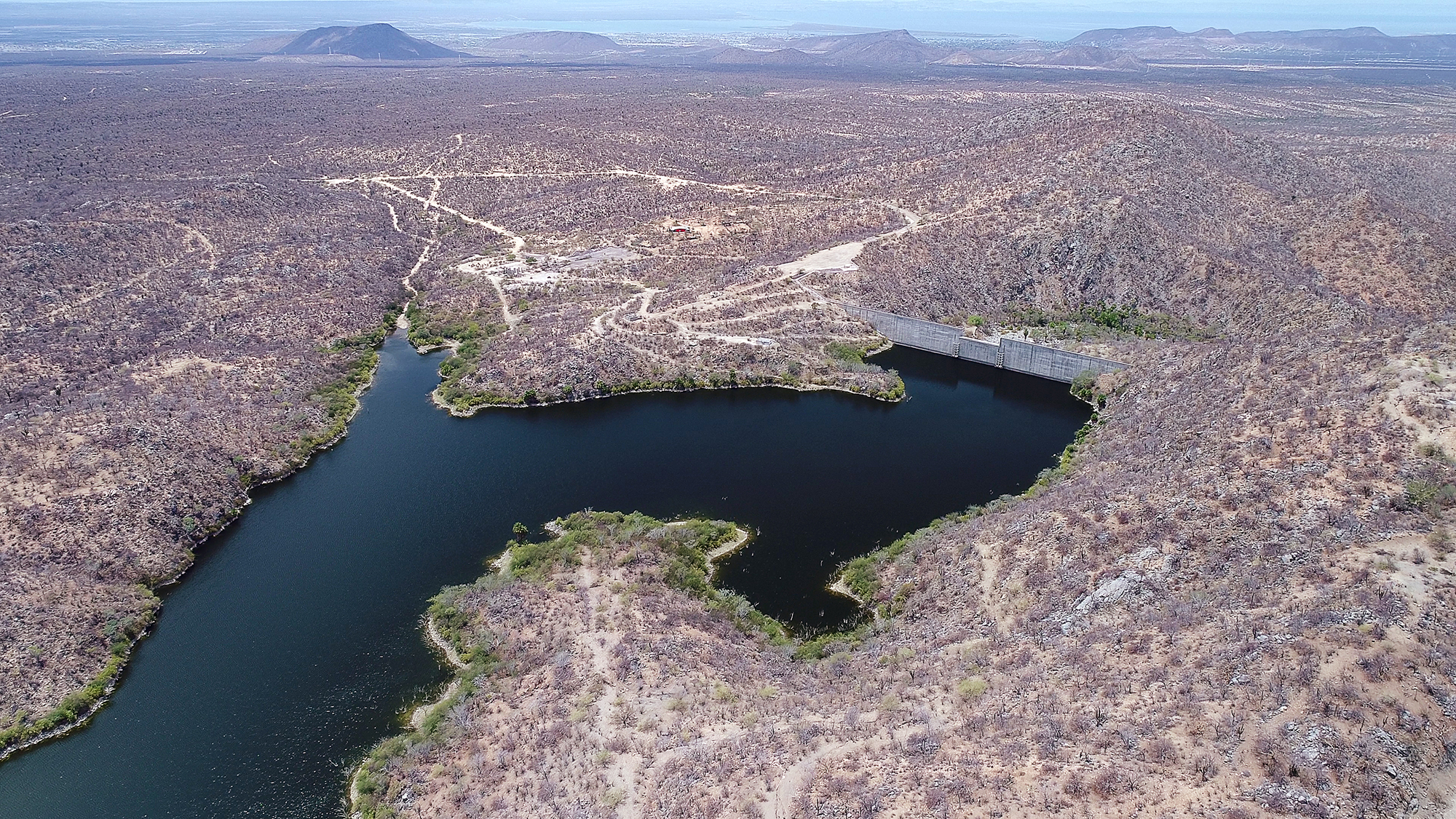Lower Dream State
A Race for Environmental Preservation
Baja California Peninsula, Mexico 2017
Follow us on instagram!
“This
geographic identity has roots in the indigenous history, though the very nature
of survival in many of these places depends on a close relationship with the
land, its natural resources, and the set of knowledge and practice that has
accumulated and adapted to the distinct landscape of the oases through time.” -
Rafael de Grenade
Untethered
to the bulk of Mexico, Baja California is a parched island; its isolation is reminiscent
of the numerous cartographic errors depicting the “Island of California.” An
arid and rugged mountainous ridge, the region is home to more than one hundred
inland and coastal oases. This project will explore the development patterns,
construction methods, and resiliency strategies already in place, to understand
the impacts of urban- and tourism-related growth. Seeking a systems approach,
we will diagram and document the interconnected relationships of people and
places.
Mapped
as relationships, our work becomes an anticipatory tool to understand the
potential impact of external influences. Forever constrained by limited water
availability, what happens to the region once desalinization plants become the
norm? Two plants were recently completed in Baja Sur and one is under
development in Rosarito Beach. Undoubtedly, more potable and predictable water
flows will change the historic development and resiliency practices. We
anticipate that our investigation will uncover potential opportunities for the
communities to understand these impacts and take steps to maximize their benefit
without damaging traditional practices.
team: Oliver J. Curtis, Gabriel Muñoz Moreno
collaborators: Sara Oliver Gomez de la Vega, Universidad Autónoma de Baja California (UABC, UABCS)
location: Baja California
type: Social Studies, Real Estate
client: Mexican Cities Intiative, Harvard University
year: 2017
program: ecology / sociology













